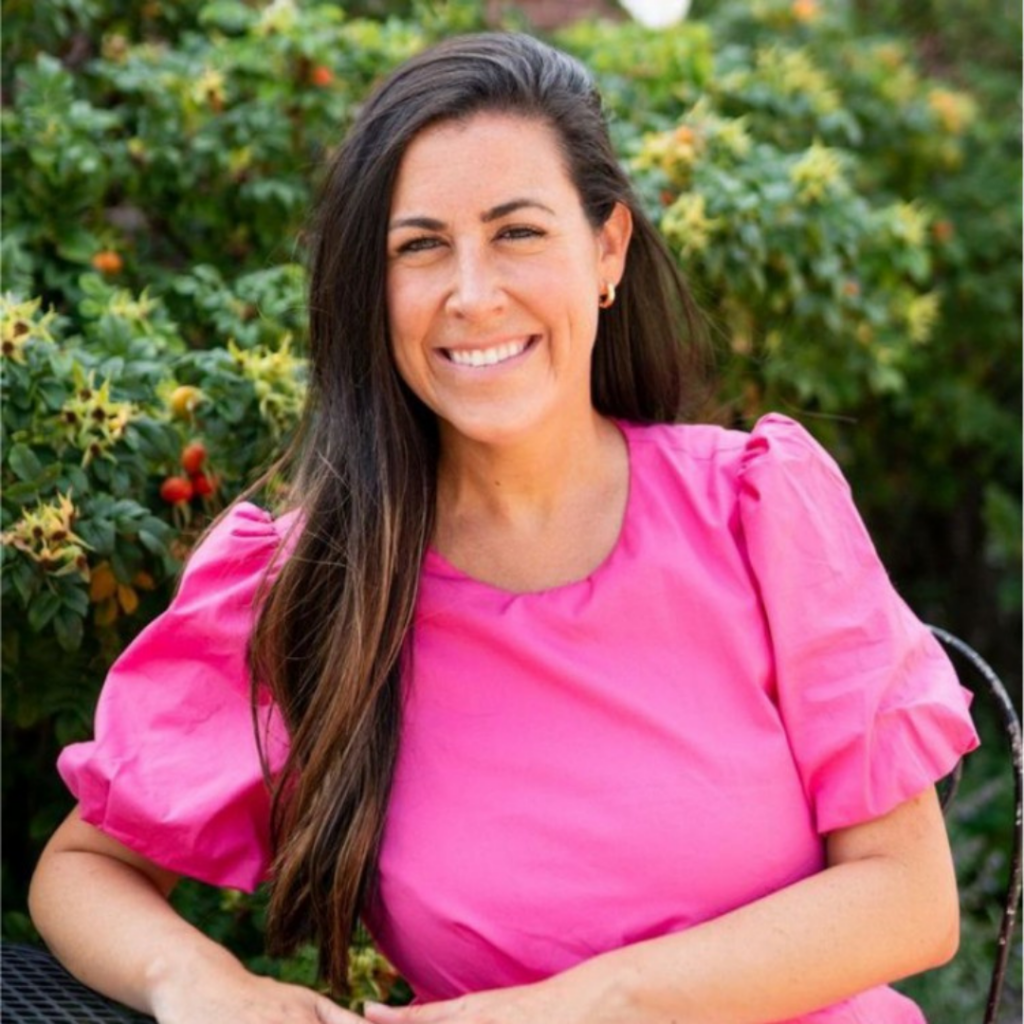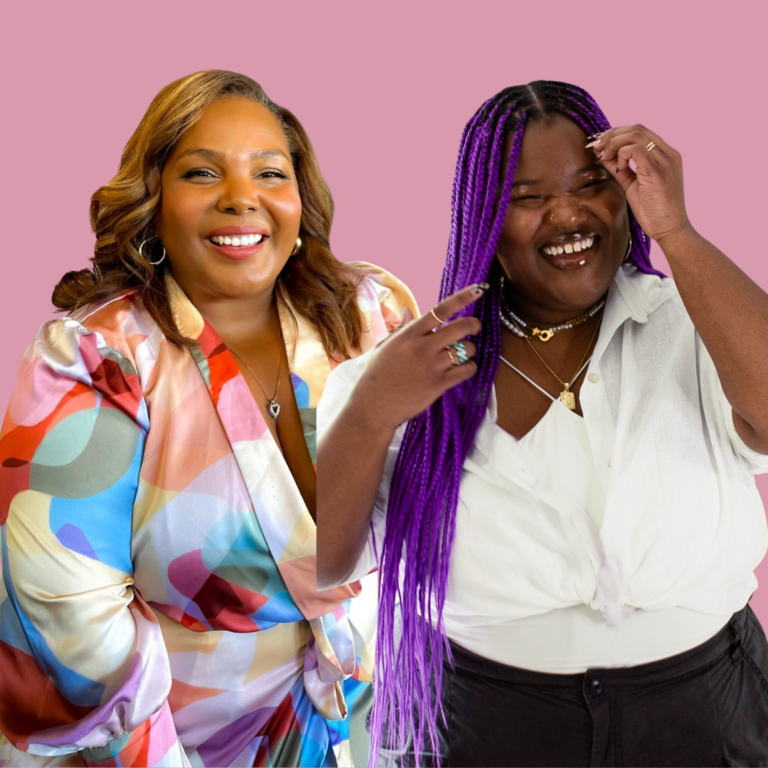If I had to sum up, in one phrase, what influencers do it would be “tell stories.” Those could be personal stories about their lives, families, careers or stories about products they love. The latter is typically how we think of “spon con” or advertising on a social media platform. A person with a sizable following tells their audience about the benefits of a certain product or service in exchange for compensation. This compensation tends to be paid out regardless of outcome. The contract simply states “post X and get X dollars. End of story.
I see a shift coming this year that will shake this formula up a bit. While I would never advocate against influencers being paid fairly, I do think the pendulum has swung a bit too far. Brands are being expected to offer large paychecks without requiring anything beyond the content and distribution. Brands want more. They want a guarantee that along with the beautiful content and storytelling, along with the impressions and reach and along with the intel from the comment section – they want conversions.
While this sounds fair in theory, you may be wondering how it works. Let me walk you through a scenario.
Let’s say I’m working with a client who recently launched a new consumer facing app. This app has a waitlist that will be opening up in the coming weeks. They want me to grow their waitlist and ensure they have excited members ready to be onboarded once the waitlist is emptied. Their number one goal is conversion. Of course, when working with influencers they are going to get the halo effect of great storytelling and brand building, but their primary focus again is on growing their waitlist.
When I set up a program like this, I could divide one large budget amongst a roster of creators and pay that amount regardless of how many new sign ups we see. One contract structure we’ve seen success with for both the influencer and the brand is to pay using a hybrid model. We pay an upfront content creation fee (as we would with a typical flat-rate program) that is discounted. Then we pay an affiliate fee based on the number of conversions the post or posts generate. The upside to the brand is that they are mitigating risk by paying for results (the sign ups) and the upside for the influencer is the uncapped earning potential in addition to the initial flat-rate payment. We think of this hybrid model as a mutually beneficial incentive to drive performance and compensate for success.
Flat-rate model:
- Influencer with 25,000 followers on IG posts (1) time in feed + stories for $6,500
- Total: $6,500
Hybrid model:
- Influencer with 25,000 followers on IG posts as many times as they want (the more they post, the more chance people see the content to convert) for $4,000 guaranteed + a payout of $15.00 per sign up (tracked using a UTM link)
- If only 2% of the followers sign up (500 people) that’s a payout of $7,500
- Total: $11,500
That’s almost double the compensation from the hybrid model.
It’s actually quite easy to earn more than a standard flat-rate when you use an affiliate model. I think there is a misconception that in order to make good money you need to hard-sell your followers to get a large enough percentage to take action, which we know is very difficult and may come off as inauthentic. The reality is, most of the time just 1-2% conversion will make the influencer more money than a typical flat-rate deal. And if they truly love the product, converting their audience into customers shouldn’t be that difficult. Of course, this varies by what the brand considers a conversion, a simple email sign up is a lot easier to get than a purchase.
I know this tends to be controversial amongst talent managers as it complicates how they get paid. A flat-rate deal is a lot easier to track from an accounting perspective. In my experience, many managers tend to shut these deals down the moment the word “affiliate” is used, but I urge you to be open to these models. Think of these types of deals as passive income. In many cases the earning is uncapped with no time limits. Influencers can post the content once to a static post, blog post, or even keep the link within a linktree on their bio and receive payment monthly based on new clicks. Alternatively, they can choose to post on Instagram stories from time to time to remind their audience of the product (sometimes the audience gets a discount associated with the custom link so there is a benefit to them as well). There is a lot of flexibility in these types of partnerships.
In the end, we all need to feel good at the end of a partnership. This has worked well for some of our clients and the influencers they’ve partnered with. Has it also worked for you?

Katie Stoller
Head of Influencer Marketing, Fiat Growth
Katie Stoller is the Head of Influencer Marketing at Fiat Growth, a growth marketing shop focused on data backed decision making, innovation, iteration and execution. Fiat Growth works with some of the top fintechs from seed stage and beyond. With over a decade of experience at PR agencies, Katie counsels clients on how to effectively reach goals by working with brand-right influencers to tell compelling and engaging stories. During her career, she’s worked with brands big and small across multiple verticals. Some of the large brands she’s worked with include household names like IKEA, LG, Whirlpool, J.M. Smucker Co., General Mills, and Wendy’s. Katie holds a B.A. from the University of Illinois and a M.A. from DePaul University’s award-winning PRAD program. She is a proud member of the Women in Influencer Marketing (WIIM) professional group. Katie is based in Chicago with her husband Danny, kids Liam and Brooke and Japanese Chin Luke.




